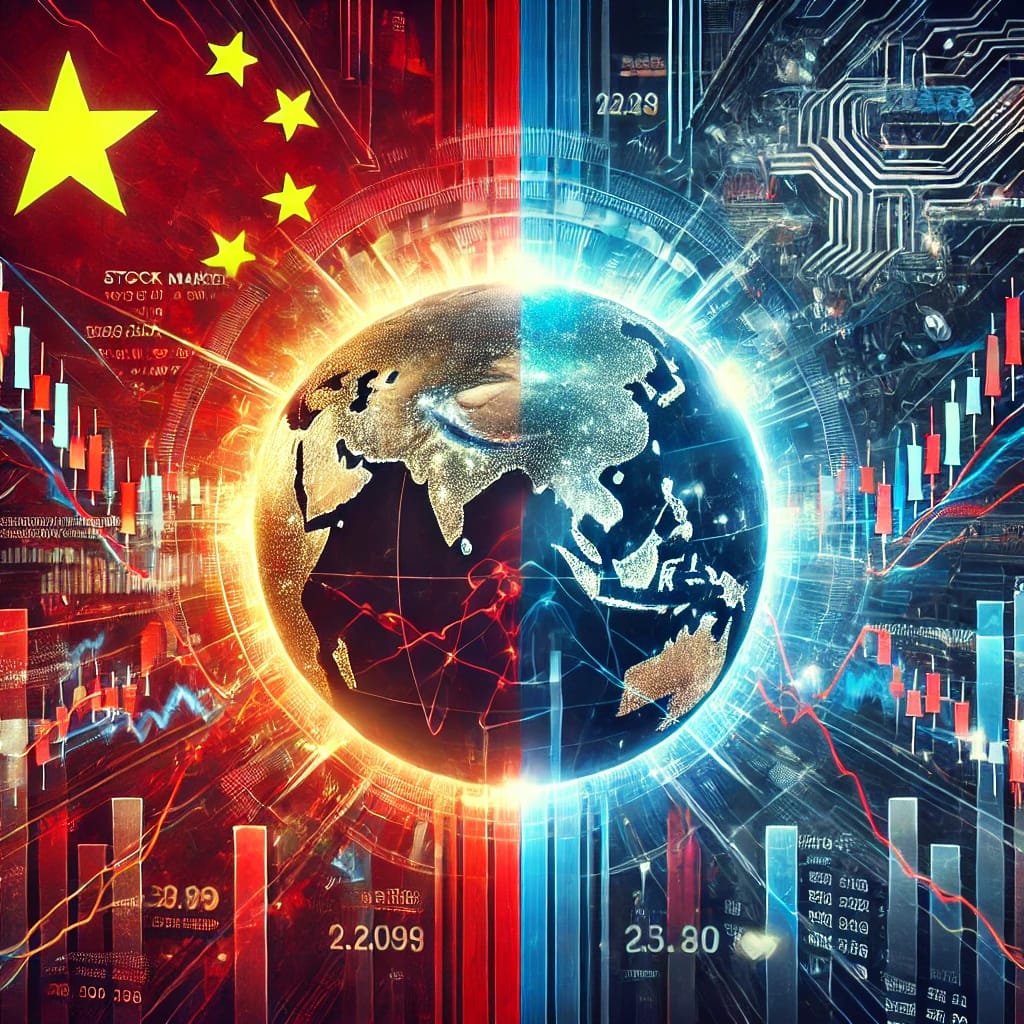
The global economic landscape is undergoing a major shift as tensions between China and Western nations escalate. From trade restrictions to technological competition, the rivalry between the world’s two largest economic powerhouses has been described as a modern-day economic Cold War. With both sides vying for dominance in critical industries, the implications for global trade, supply chains, and financial markets are profound.
Trade Wars and Tariffs
Trade relations between China and the West, particularly the United States and the European Union, have been strained for years. According to Token Desk, the U.S. has imposed multiple rounds of tariffs on Chinese goods, citing unfair trade practices and intellectual property theft. In response, China has implemented retaliatory tariffs on American imports, leading to disruptions in supply chains and increased costs for businesses and consumers.
The European Union has also taken a tougher stance on Chinese trade policies, scrutinizing Beijing’s state subsidies and restrictions on Western companies operating in China. This ongoing economic battle has forced global corporations to reconsider their dependency on Chinese manufacturing, leading to shifts in supply chain strategies and a push for diversification.
Technology and Semiconductor Competition
Technology is at the heart of the economic standoff between China and the West. The race for supremacy in artificial intelligence, 5G networks, and semiconductor manufacturing has become a defining feature of the conflict. According to The Street News, the U.S. has restricted the export of advanced semiconductor technologies to China, aiming to curb Beijing’s technological advancements.
China, in turn, has accelerated efforts to develop its own semiconductor industry, reducing reliance on Western technology. The competition for technological dominance extends beyond semiconductors, as both sides invest heavily in quantum computing, biotechnology, and renewable energy innovations.
Financial Markets and Crypto Regulations
The economic rivalry also extends to financial markets, with cryptocurrency playing a unique role. Reports from The Bitcoin Insider suggest that China’s crackdown on cryptocurrency mining and trading was partly motivated by concerns over Western financial influence. Meanwhile, Western countries continue to explore central bank digital currencies (CBDCs) as a way to counter China’s digital yuan ambitions.
Foreign investments are also feeling the impact of geopolitical tensions. Chinese companies listed on Western stock exchanges face increased regulatory scrutiny, while Western firms operating in China must navigate a complex and often unpredictable business environment.
The Future of Economic Relations
As the economic Cold War between China and the West intensifies, the future remains uncertain. According to Profit Ledger, multinational corporations are reevaluating their market strategies, diversifying supply chains, and reducing exposure to geopolitical risks.
While tensions are high, there are still areas where cooperation may prevail, such as climate change initiatives and global economic recovery efforts. However, without diplomatic breakthroughs, the ongoing economic conflict could reshape international trade and financial systems for years to come.
Conclusion
The China-West economic rivalry is more than just a trade dispute—it’s a battle for technological leadership, financial influence, and global economic supremacy. As this modern Cold War unfolds, businesses, investors, and policymakers must navigate a rapidly evolving landscape, where geopolitical decisions have far-reaching economic consequences.




Leave a Reply